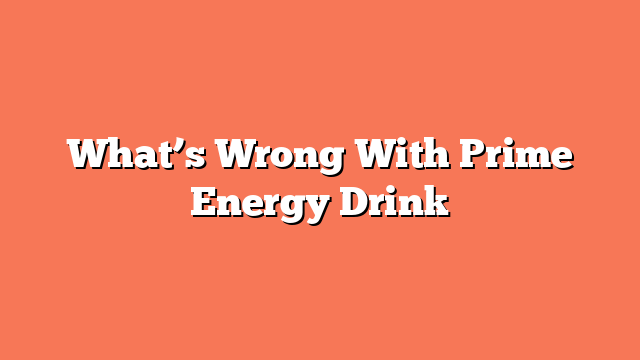Prime Energy Drink has faced criticism for several key reasons. The brand has been accused of making misleading marketing claims, suggesting benefits that aren’t backed by the actual nutritional content. This is particularly troubling for active individuals who need specific vitamins that the drink doesn’t adequately provide.
Another major concern is its high caffeine content. Each 12-ounce can contains 200 milligrams of caffeine, which is equivalent to six cans of Coca-Cola. This level of caffeine can be harmful, especially to children and teenagers.
The drink also uses artificial sweeteners like sucralose, which have been linked to health issues such as disrupting gut bacteria and increasing appetite. Additionally, the use of synthetic vitamins and amino acids raises questions about their effectiveness and potential toxicity when consumed in excess.
Prime Energy Drink includes preservatives and flavor enhancers that may cause health problems. For instance, manufactured citric acid can lead to gastrointestinal issues, and sodium benzoate can potentially form harmful chemicals when exposed to certain conditions.
Lastly, the brand is heavily marketed to children, which is concerning given the high caffeine content and associated health risks. Plus, its association with the controversial social media influencer Logan Paul adds to the negative perception of the brand.
Related posts:
- Is Prime Energy Safe to Drink
- Is Prime Hydration Better Than Prime Energy
- Is Prime Energy Dangerous
- Is Prime Energy Worse Than Red Bull
- What’s the Difference Between PRIME and PRIME Energy
- Is Prime Hydration Drink Considered an Energy Drink
- Is Prime Energy an Energy Drink
- How Much Energy Does Prime Energy Have

